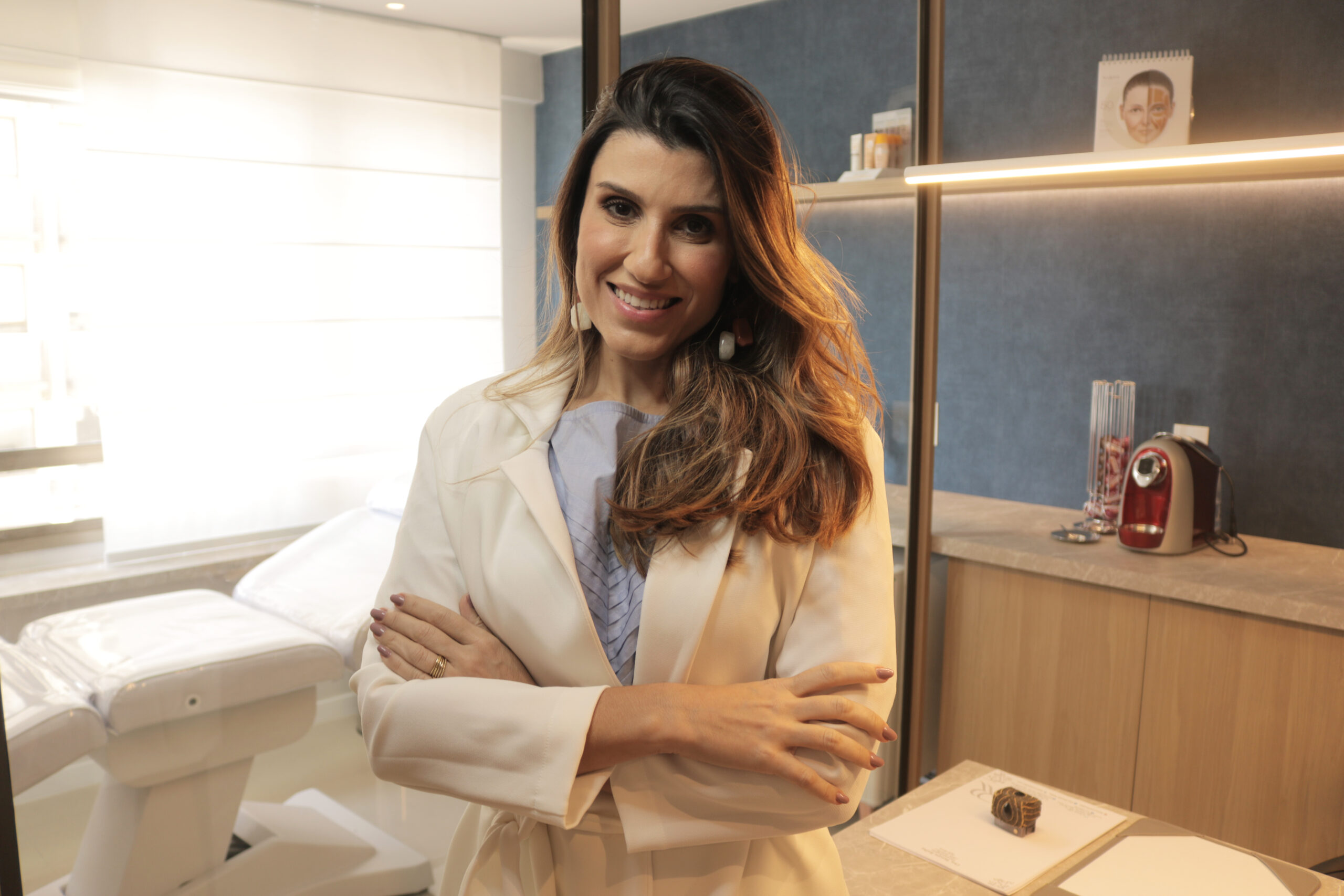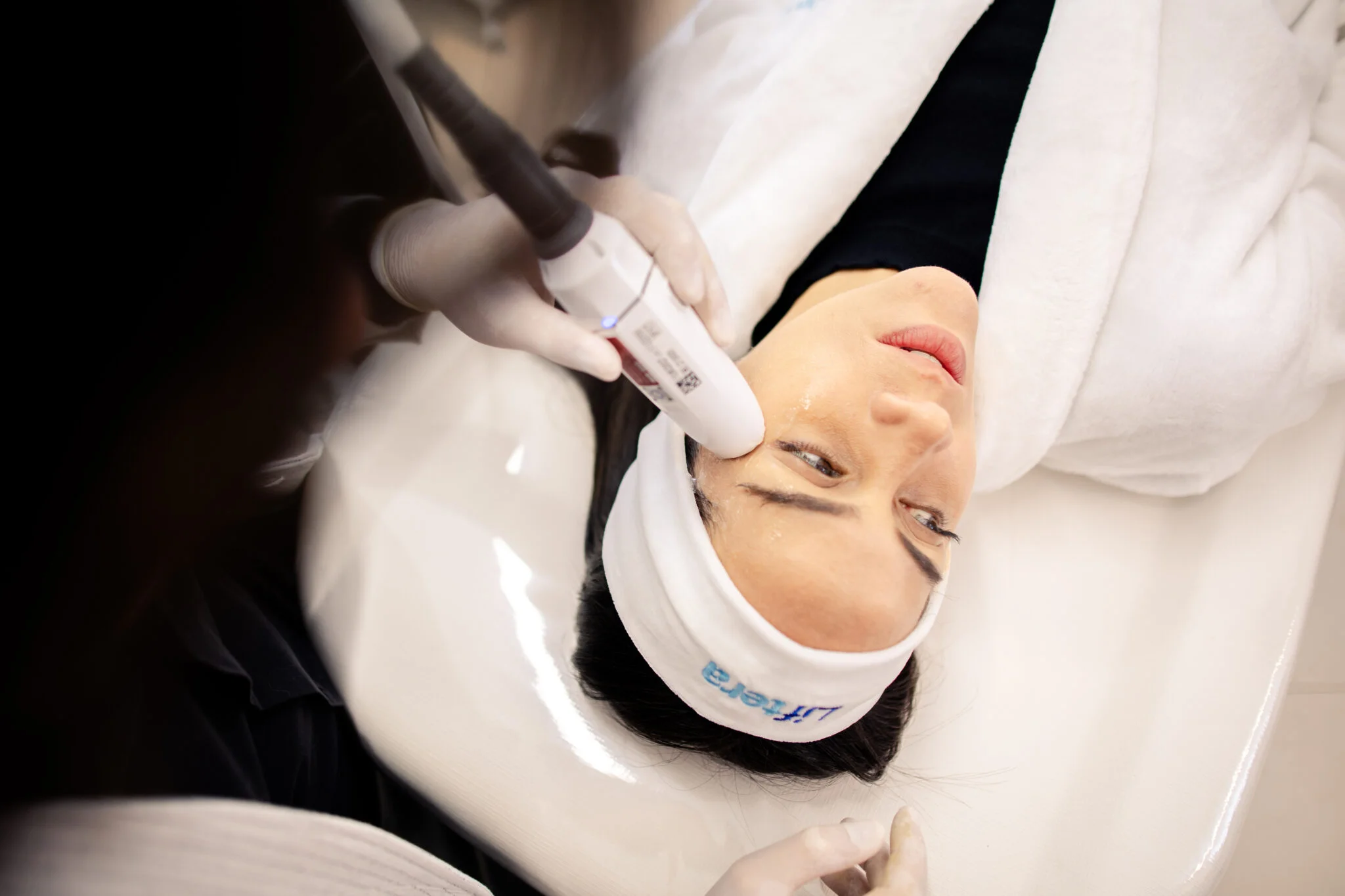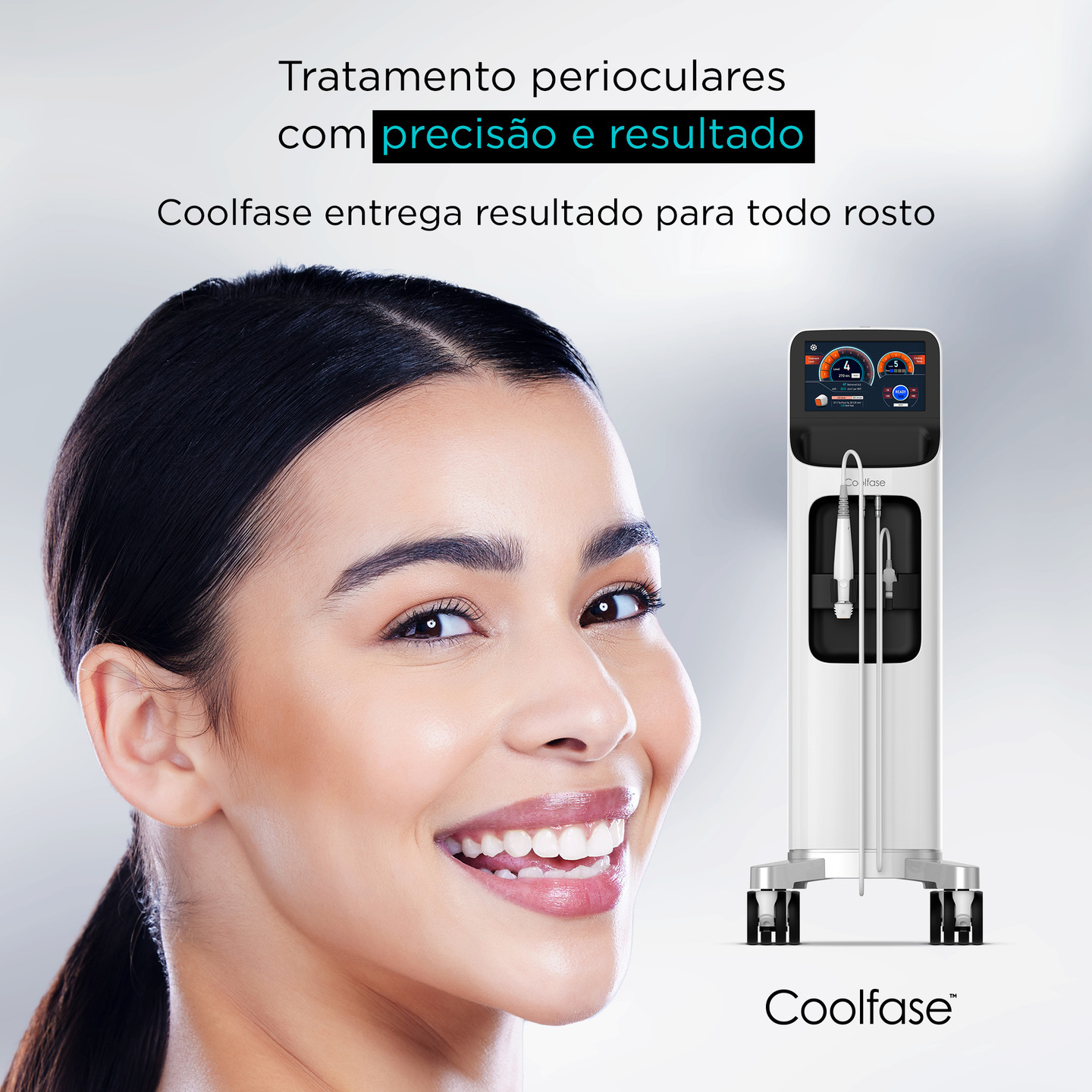If you have just undergone a Sculptra treatment, it is natural to have questions about the necessary aftercare to ensure the best results. In this article, I will cover the most important post-procedure recommendations and address frequently asked questions so that you feel confident and well-informed during your recovery.
Agende sua avaliação com a Dra Renata!
Índice
What Should Be Done After Sculptra Application?
After undergoing a Sculptra treatment, following specific guidelines helps promote proper healing and optimize results.
- Massage the treated areas: To ensure the product is evenly distributed and to prevent nodule formation, it is important to massage the skin twice a day for five minutes over the course of seven days.
- Protect the skin from sun exposure: If there is redness or bruising, limiting direct sun exposure is essential. A high-SPF sunscreen should be used to prevent pigmentation issues and protect the skin.
- Maintain hydration and a balanced diet: Drinking plenty of water and consuming nutrient-rich foods can support the skin’s regenerative process. Reducing alcohol consumption and avoiding smoking is recommended, as both can interfere with collagen production.
- Sculptra or Radiesse? Which is the best collagen biostimulator? | Click here!
What Should Be Avoided After Sculptra Application?
Certain habits and activities should be limited to ensure the best possible outcome.
- Avoid direct sun exposure, particularly if there is bruising, to prevent discoloration.
- Refrain from strenuous physical activities for the first 24 hours, as these may increase swelling or discomfort. Light activities can gradually be resumed based on individual tolerance.
- Do not take anti-inflammatory medications for at least five days, and ideally wait up to 15 days, as they can interfere with the body’s natural inflammatory response, which is necessary for collagen stimulation.
- Limit smoking and alcohol intake, as both can reduce collagen production and negatively affect skin recovery.
- Price of Sculptra? | Click here
How Should I Sleep After Sculptra?
There are no strict restrictions on sleep position after the procedure. However, for those experiencing sensitivity in the treated areas, sleeping on the back may help minimize contact and reduce discomfort.
What Can Reduce the Effectiveness of Sculptra?
ertain lifestyle factors can negatively impact collagen stimulation and longevity of the results. These include:
- Excessive sun exposure
- Smoking
- Frequent use of anti-inflammatory medications
- High alcohol consumption
- Significant weight fluctuations
Minimizing these factors can help maintain the full benefits of the treatment.
How Long Does Swelling Last After Sculptra?
Mild swelling in the treated areas is normal and typically subsides within two to three days. Applying cold compresses for the first 24 hours and avoiding activities that increase blood circulation in the face can help reduce swelling.
Bruising, if present, usually fades within seven to ten days. If swelling or bruising persists beyond this period, consulting a dermatologist for further guidance is recommended.
How Long Does It Take to See Results from Sculptra?
The effects of Sculptra are not immediate. Collagen production occurs gradually, and visible improvements typically begin around three to four months after the procedure. The full effects are usually achieved between six to twelve months, leading to firmer and more youthful-looking skin.
What Are the Possible Side Effects of Sculptra?
Sculptra is a safe procedure, but some temporary side effects may occur.
- Bruising: Small bruises may appear at the injection sites but usually fade within a few days. Dermatologist-recommended creams can help speed up healing.
- Nodule formation: In rare cases, small lumps may develop due to product concentration. Proper post-procedure massage is essential to prevent this.
- Redness and sensitivity: Mild irritation may occur but typically resolves within hours or days.
If any persistent or unexpected symptoms appear, it is important to consult a dermatologist.
Can I Exercise After Sculptra?
Intense physical activities should be avoided for the first 24 hours after the procedure to minimize swelling and discomfort. Light activities, such as walking, can be gradually reintroduced based on individual comfort.
How Often Should Sculptra Be Done?
The frequency of Sculptra sessions varies depending on individual skin conditions and aesthetic goals. Annual maintenance sessions are often recommended to prolong the results and prevent signs of aging.
How to Properly Massage the Face After Sculptra?
Massaging the treated areas is a crucial step in ensuring even product distribution and avoiding nodule formation.
- Perform firm massages for five minutes, twice a day, for one week.
- Use a hydrating lotion or gentle facial cleanser to facilitate movement.
- Apply consistent pressure rather than light strokes to ensure the product is effectively spread.
Can Anti-Inflammatory Medications Be Taken After Sculptra?
Anti-inflammatory medications should be avoided for at least five days, and ideally for up to 15 days, as they may reduce the inflammatory response needed to stimulate collagen production. In cases where medication is necessary, a dermatologist should be consulted before use.
Can Sculptra Be Used on Nasolabial Folds (Smile Lines)?
Yes, Sculptra is effective for treating areas such as the nasolabial folds. It helps restore lost volume, stimulate collagen production, and smooth deep lines naturally. A personalized consultation is essential to determine the most suitable treatment plan for each patient.
What to Expect After Sculptra?
Immediately following the procedure, the skin may exhibit mild swelling, slight redness, or small bruises. These effects are temporary and do not impact the final outcome. Over time, the skin will appear firmer, rejuvenated, and with smoother contours.
Final Thoughts: Post-Sculptra Care for Optimal Results
Sculptra is an excellent solution for those seeking long-lasting, natural rejuvenation. However, proper post-procedure care is just as important as the application itself to achieve the best results.
Following the recommended massage routine, protecting the skin from excessive sun exposure, and avoiding habits that negatively impact collagen production will significantly enhance treatment effectiveness.
For any additional questions or to schedule a consultation, reach out for a personalized assessment. A customized plan can help achieve both aesthetic and long-term skin health goals.
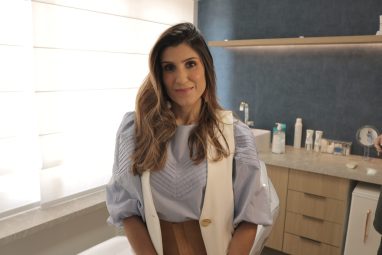

A medical evaluation is essential for understanding patient concerns, identifying dermatological issues, and considering individual characteristics such as anatomy, skin type, and reactions to specific substances. Based on this assessment, the most appropriate techniques can be determined to naturally enhance facial, skin, and body features.
Choosing a dermatologist is a crucial step in conducting a detailed analysis of asymmetries and imbalances in the patient’s appearance. A specialized professional will identify the necessary techniques, whether to add volume, correct angles, or improve symmetry. With a personalized and exclusive treatment plan, it is possible to address each patient’s unique needs while respecting their individual limits.
Dra. Renata Ralha Dermatologista Clínica, Estética e Capilar , CRM: 52-84102-1 RJ, RQE N°: 28115
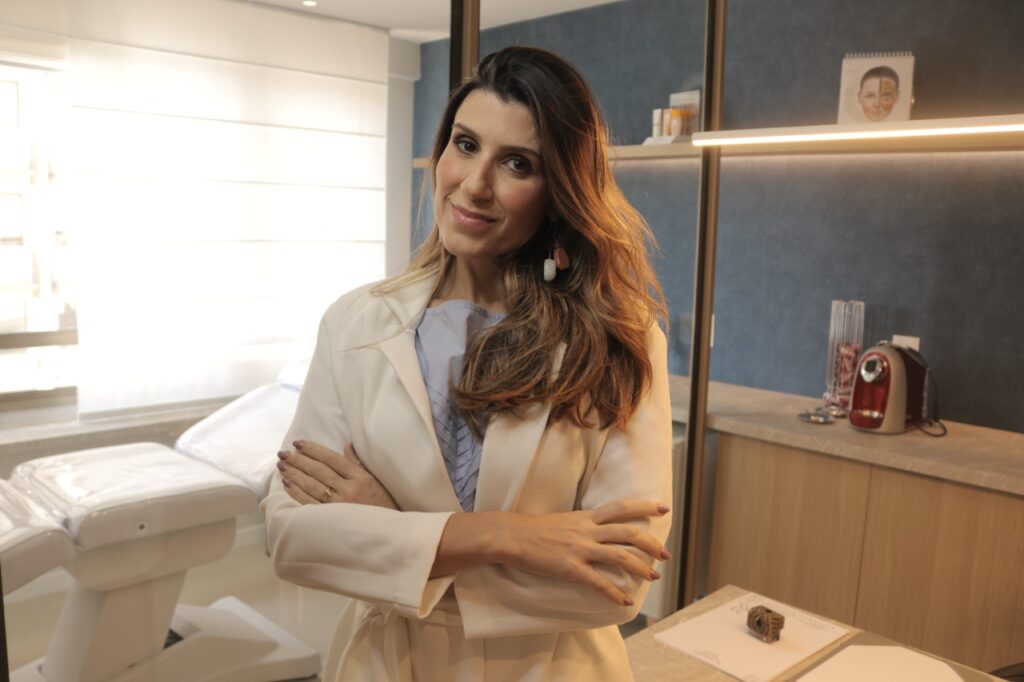

Dra. Renata Ralha Dermatologista Clínica, Estética e Capilar , CRM: 52-84102-1 RJ, RQE N°: 28115
Siga nosso Canal no WhatsApp: Dra. Renata Ralha!
Esse canal é feito para vocês ficarem por dentro das melhores novidades sobre dermatologia, estética e skincare. Além de ficar sabendo de todas as novas publicações, promoções e sorteios que oferecemos na Clínica Renata Ralha!

